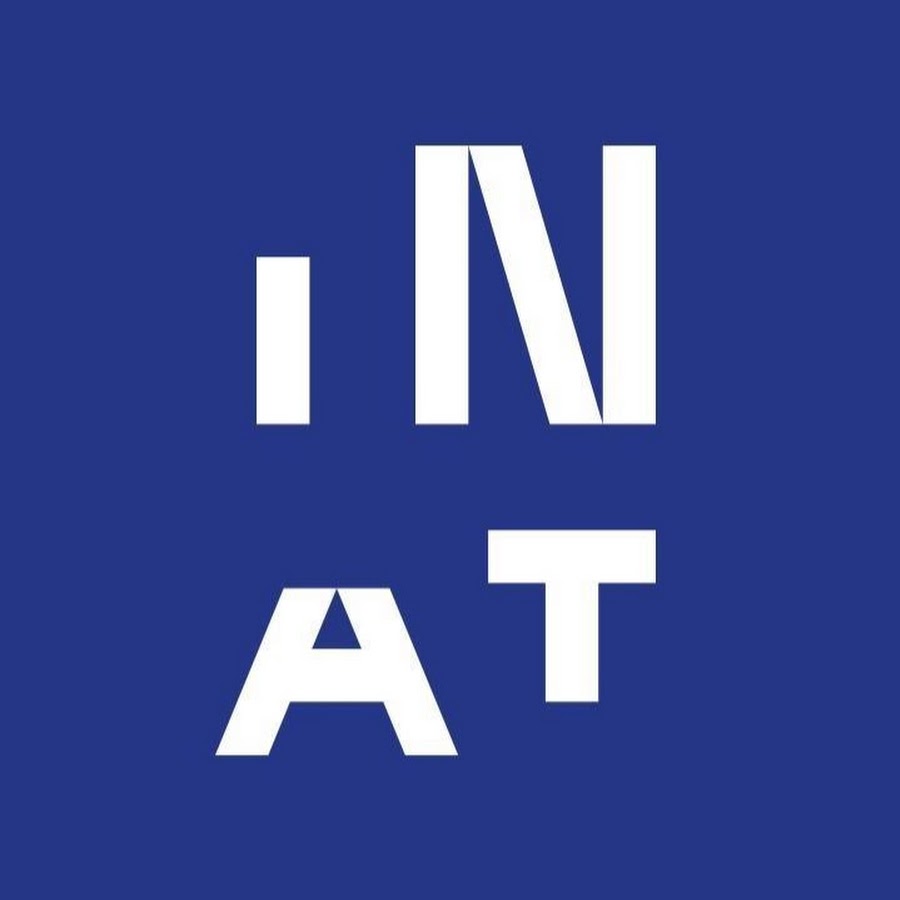Summary
I believe that the key to the success of teams is to understand and apply the key principles of the Agile manifesto, most notably the first one:
"Our highest priority is to satisfy the customer through early and continuous delivery of valuable software."
I live and breath this principle, and it's my mission to help others in striving to fulfil that promise.
To see a more engaging video summary of my career, you can watch 35 years of coding experience in 30 minutes on my YouTube channel @NextIncrement.
My business
Lean Poker provides a competitive, real-time market simulation where participants apply Agile methodologies and continuous deployment in a practical, hands-on environment. The platform fosters collaboration, strategic thinking, and continuous learning, empowering teams to deliver value in small, manageable batches and adapt rapidly to changing market conditions.
During my tenure at Emarsys, we introduced Continuous Deployment which triggered serious changes in how we worked. I noticed that developers had concerns and we had to introduce new practices to take advantage of the practice of Continuous Deployment.
I also noticed that some developers walked away from Coderetreat events with the notion that best practices are nice, but can not be applied when there is timepreasure. I think the contrary is true! Best practices are designed to allow for delivering value early and often.
These observations and my passion for short feedback loops led me to create Lean Poker. So far we've had close to 100 events in over 30 cities around the world, and have introduced best practices for Continuous Deployment for hundreds of developers.
Since its inception in 2014 Lean Poker has been a side quest I've been working on along side my regular jobs, non the less it grew from its humble beginnings into a international operation with multiple certified facilitators running events across the globe.
Employment history
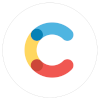
Projects:
- Content level permissions
- Environment governance
- SDK maintenance
- Diff and merge tools for contentful environments.
My primary role at Contentful is managing a team that was originally focusing on the developer persona, but later on has shifted towards enabling collaboration between different roles by developing tools. Our early projects included content level permissions via a tag based permission system, and environment governance. After that we started working on CI/CD tooling which grew into what is now known as the merge app. It essentially allows developers to make and test content model changes in a sandbox environment, and then merge those changes back into the main line, like one would merge changes across git branches. As the feature was rolled out it became clear that there is interest for also content getting merged in the same fashion, so that editors and content creators have access to the same git like workflows as developers.
I was also managing a group of external contractors who are tasked with keeping our SDKs up to date. After joining Contentful a couple of management issues surfaced which promted me to redesign the process of how we interract with our contractors.
Other cross company projects I've been working on are the reboot of our Hackdays after the pandemic, building a guest sprint system, that allowes our developers to spend a sprint in another team to facilitate inter team relationships, and knowledge sharing.
I've also been leading the inclusion and diversity working group at Contentful. It is an employee organised initiative that tries to bring awareness to diversity topics.

Technologies: Scala
Projects:
- Asset management backend

Technologies: Ruby, Kotlin, Spring, TypeScipt, ReactJS
Projects:
- Training program for new hires: Extreme Programing practices, technologies used
- Organized sponsor booth and activities for Kotliners Conference
- Part of the team extracting message sending into a single service from multiple services (Developer and technical lead)
Although I was hired as a software engineer at Instructure, I spent the first few months of my tenure with other activities I volunteered for. Since the Budapest office was brand new and had no existing engineering culture, I set up a training programme that introduced our engineers to Agile practices (Mainly Extreme Programming), DevOps and the tools we were about to use: Kotlin with Spring, Ruby on Rails, and ReactJS.
As a software engineer I worked on a back-end service that rendered, bundled, and delivered email notifications informing the user about events that happened within their Bridge account. I was first involved as a developer and later as the technical lead responsible for breaking down the epics into stories, and steering the team in the right direction.
To recruit more engineers Instructure, Budapest sponsored Kotliners conference. I took responsibility for organising our presence. Setting up the booth, getting designs for swags, having them manufactured, and made sure we had exciting activities for participants that motivated them to visit our booth.

Technologies: PHP, MySQL, Ruby
Projects:
- Stabilisation of a workflow engine as team lead
- Scaling up of data import feature as team lead
- Lead of the Bootcamp team, responsible for on boarding of new hires
- Founder and part of CraftLab coaching team, organised meet ups and trainings
I spent most of my time at Emarsys as a Team Lead responsible for the development of the product Automation Center. It is essentially a workflow engine that lets users create a flow chart of marketing events and then executes it. During execution, it called several other services in succession. As the load increased on the back-end strange bugs started to appear. After investigating the issues, we found two causes behind it: at several points in the code the operation's success wasn't being checked and even when failure was detected retrying the operation meant that certain steps were repeated. To solve this issue, we introduced idempotency into our downstream services and added the missing checks. My talk Learning to fall is a detailed description of this project.
My team was also tasked with speeding up the CSV import processes that was used to keep the customers contact database in sync with our database. For some customers this daily process took more than 24 hours. Since fixing the performance became an urgent issue, my team had to pioneer Continuous Deployment at Emarsys, which was later rolled out across the entire company.
Another important period during my tenure at Emarsys was when I led the Bootcamp team that introduced our new hires to the company's engineering culture. Since our practices differed from those most companies adhere to, this was an important step in stopping the erosion of our engineering culture. The talk Bootcamp: Protecting the Engineering Culture During Hyper Growth gives a detailed overview of how our bootcamp worked.
I was also one of the people advocating for changing our hiring process which led to the changes described in the talk Your hiring process is broken, and here is how you fix it.
I'm a strong advocate for sharing information with others, so I also became a founding member of Emarsys Craftlab, the dedicated coaching team. We organised meetups, most notably the very successful Craft Meetup series, internal trainings, and workshops like Coderetreats and Lean Poker events. We coached our employees before they gave talks at other conferences, and taught university courses on topics like Agile, Extreme programming, DevOps, and Test Driven Development.
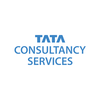
Technologies: C++, MSSQL
Projects:
- Worked on an ETL system of a market research application

Technologies: C++, Python, MySql
Projects:
- Led the team tasked with designing and implementing a high-performance web crawler.
- Graph algorithms, Clustering, Spacial data sets, Bio-informatics related on-line services

Technologies: C++
Projects:
- Implementation and running time analysis of 10 different algorithms for the same global optimisation problem.
Community involvement

Coderetreat is a day-long, intensive practice event, created by Corey Haines, focusing on the fundamentals of software development and design, away from the pressures of 'getting things done'.
In 2011, I participated at the first Codereteat event in Budapest. During the next 7 years, I grew the meetup group into one with over a 1000 members, organised and facilitated over 40 events, making my name synonymous with Coderetreats in Budapest.
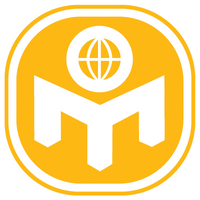
I joined Mensa - a society for people with IQ in the upper 2 percentile - in 2015 and quickly became active in discussing controversial topics in a respectful way and regularly arguing on both sides of the debate stepping in the shoes of people I didn't necessarily agree with. Just two years after joining, I was asked by the chair if I would be open to moderating the Facebook group which I accepted. During this time I advocated for making sure that freedom of speech was guaranteed while we also avoided creating a toxic environment for minorities.
Publications and social media presence
Talks and blogs

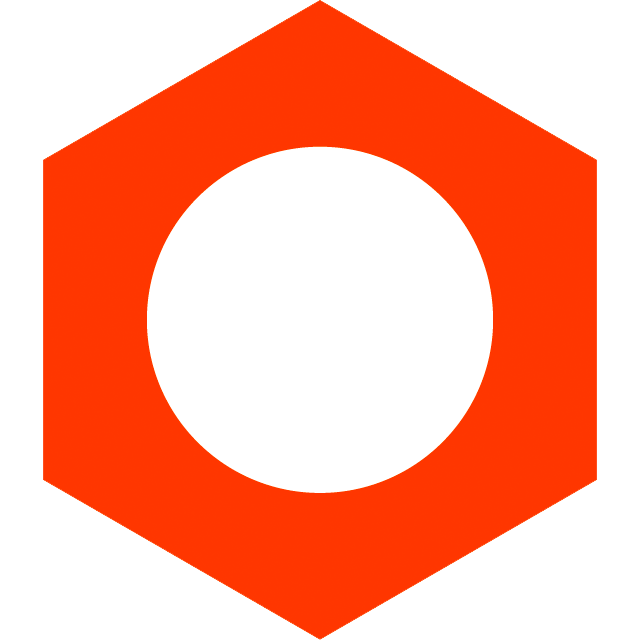
Code quality should be improved incrementally, or at least that is what most agile practitioners seem to preach. Yet from time to time teams will argue that it is necessary to do some sort of make over, that the code is too convoluted to be incrementally fixed. So is there a situation where that actually makes sense? Is this dogma that we have been following without examining nuance, or we really should never ever venture into such projects?
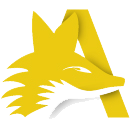
To help developers and product people adopt better workflows for delivering, we created a workshop where teams can compete against each other and learn things in practice along the way. The talk introduces the most frequent learning points.

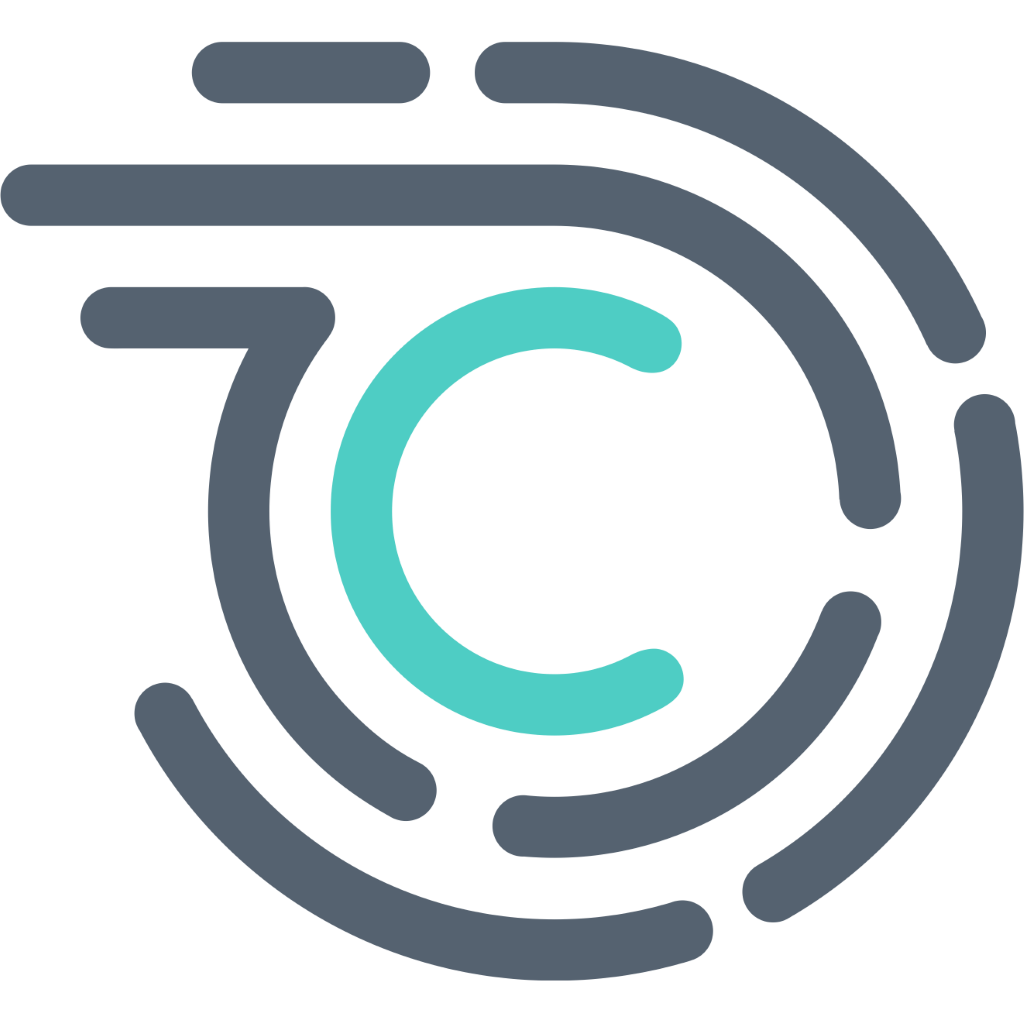
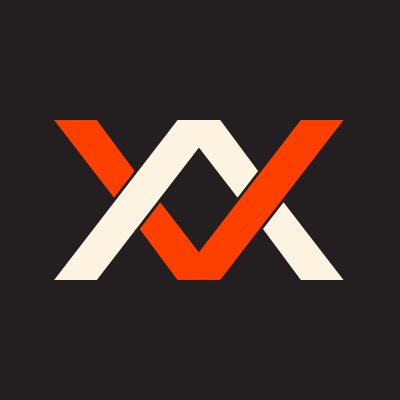
A story of how we learned to build resilient micro-services even if they depend on other micro-services with a weaker SLA. First I talk about the bad practices to set the stage for the motivation behind the good practices, and then, I introduce a number of useful patterns.

One of the secrets to a successful company is getting the right people on the bus. Yet most companies make the same mistakes when hiring developers. I take you on a journey from an ineffective hiring process to one that makes sure you never regret any of your hiring decisions.

I used to complain about legacy code, but I was wrong. Not because if something generates revenue, then it should be loved! No… that’s not an excuse for bad code. There's a more disturbing truth about legacy code, and we need to face it. It’s time to learn to love your legacy.
YouTube
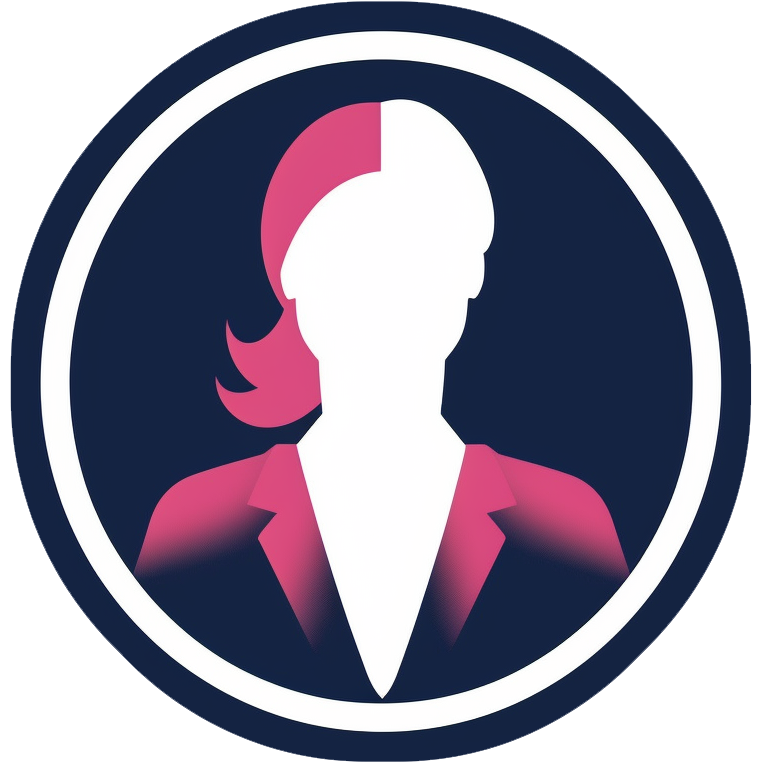
Insights about software engineering, management and iterative development practices in general.
Scientific publications
DECOMP: A PDB decomposition tool on the web
Four Spatial Points That Define Enzyme Families
NASCENT: An automatic protein interaction network generation tool for non-model organisms.
Analyzing the Simplicial Decomposition of Spatial Protein Structures
Evaluating Genetic Algorithms in Protein-Ligand Docking
PyDeT, a PyMOL plug-in for visualizing geometric concepts around proteins
The Ramachandran Map of More Than 6,500 Perfect Polypeptide Chains
Education

Thesis: Data Mining and Data Handling in the Field of Bioinformatis

